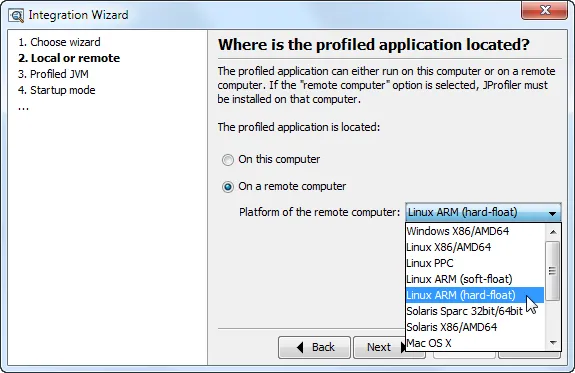Very large heap snapshots can be opened and analyzed with far less physical memory than in previous versions. In this release, we have rewritten the heap walker backend with a focus on extreme use cases.
Because JProfiler now uses native memory for large memory blocks, no -Xmx tuning is required to open huge snapshots.








